Kingston HyperX 240GB 6Gbps SSD Review
Inside the Kingston HyperX SSD
Kingston saw fit to outfit the drive with security hex screws. If only the included screwdriver had the proper bit to use on these screws barring access to the drive innards, my job would have been easier. I suppose that’s on the their list of user no-no’s and a bit much to ask. I did check though!
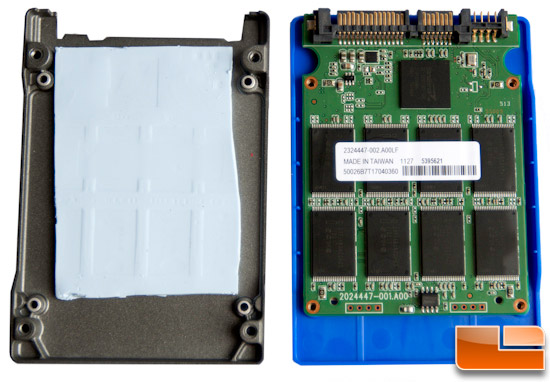
Once the screws are removed, the shell is hard to separate due to the sticky layer of thermal padding that’s adhered to it. Surprisingly, the back side of the PCB is surrounded by more of this padding. It makes pulling things apart a bit dicey and is somewhat unusual. I can’t think of another SandForce drive having this thermal padding to help move heat away from the MLC Flash chips and to the metal casing. It may not be necessary but it certainly can’t hurt. Kingston thought of everything.
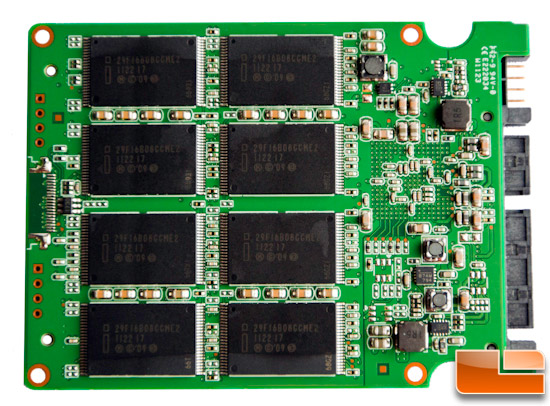
One of the drawbacks of the padding, for me at least, is that it mutes the text and symbols on the components making it harder to read and/or photograph. Still, we can clearly see that there’s Intel NAND over yonder with eight on this side.
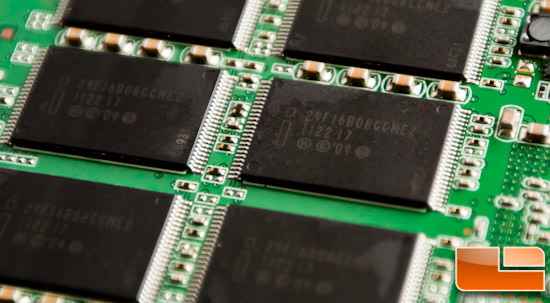
The Intel MLC NAND is 25nm in manufacture and is of the synchronous ONFI 2.2 variety. Kingston has informed us that this particular version is rated for 5,000 program/erase (PE) cycles which is an increase in endurance from the earlier 25nm NAND being manufactured rated at only 3,000 PE cycles. This means longer life and extended performance for the drive and less worry for the user.
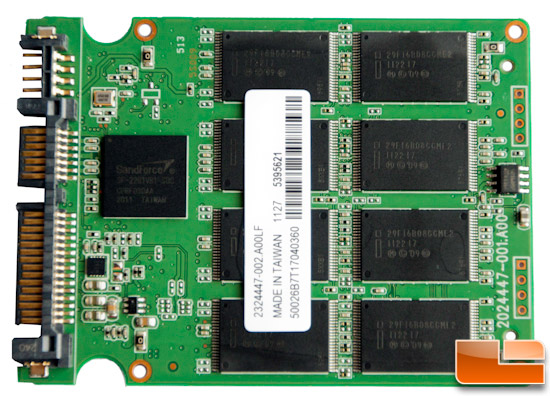
On the other side is the remaining eight NAND chips and the controller. This is pretty much the standard configuration.
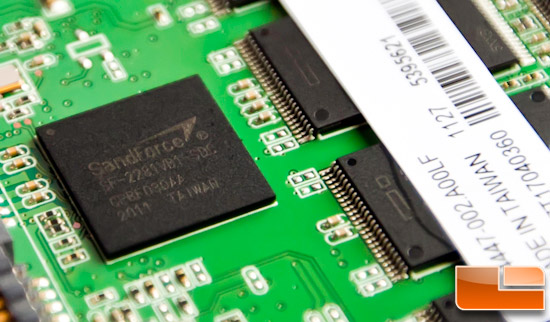
The SandForce SF-2281 controller is the most popular piece of hardware on this generation of SSDs. Nearly every manufacturer has produced at least one drive with this as the controller. Supporting TRIM and garbage collection, the controller also takes care of other important duties such as wear-leveling, data encryption, data compression and error correction. It’s compatible with a wide array of NAND which can have an impact performance as does the level of compressibility of data it processes.

Comments are closed.